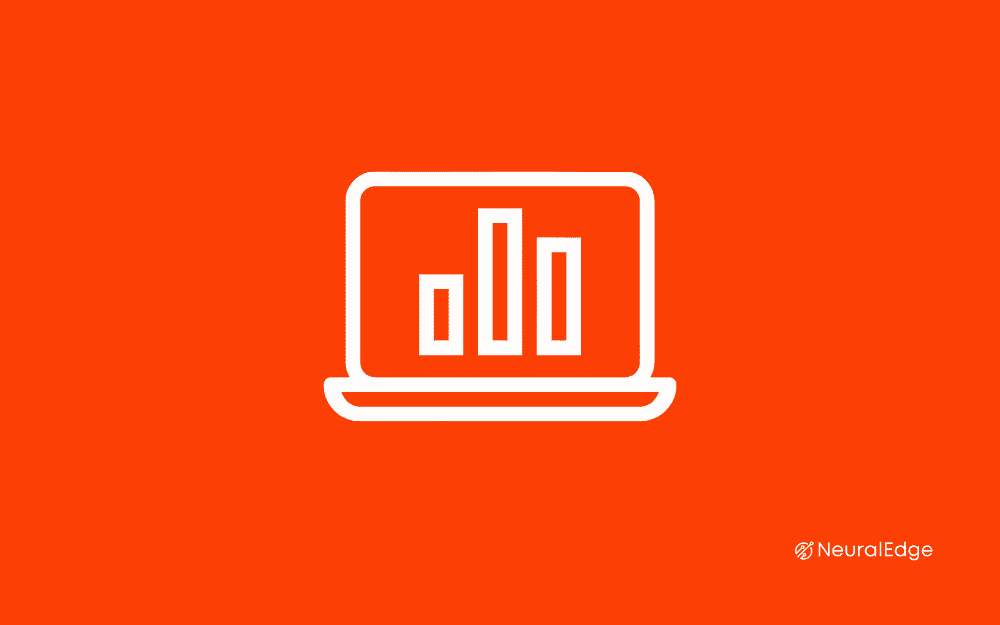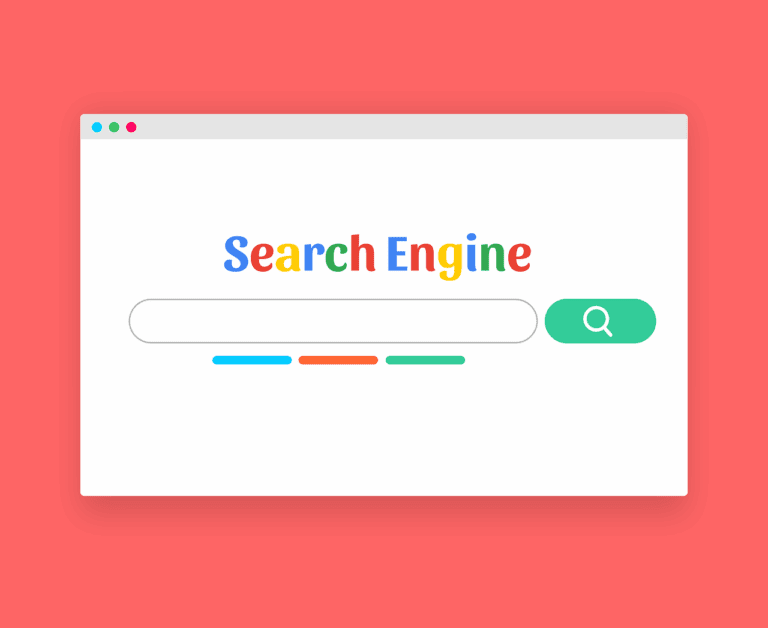An important part of the marketing planning process is setting objectives and outlining marketing campaign activity. What’s sometimes forgotten is how the success of a campaign will be measured. Defining content marketing metrics enables marketers to report on content marketing campaign results with hard facts and figures. Without metrics, it’s difficult to know what’s working and what isn’t.
Content marketing metrics are quantifiable measures that enable marketers to evaluate and report on campaign success. Using this data-driven approach, marketers can optimise and prioritise channels, ads and budget to ensure campaigns deliver the best return on investment.
12 Content Marketing Metrics To Measure For Success
There are many ways to measure the success or failure of a content marketing campaign. However, leaving the more advanced metrics aside there are a number of simple but effective measures that can be used to provide insight into how well a campaign has performed. How many of these marketing metrics are currently in your digital marketing dashboard?
Return on Ad Spend (ROAS)
For campaigns that incorporate paid advertising ROAS is a really important metric because it tells you if your PPC strategy is paying off. If you’re running paid ads across Facebook, Google and LinkedIn, for example, ROAS will help you to determine which is performing best and which you should be spending more of your budget on.
Calculating ROAS might be simple (divide ad spend by revenue generated) but it’s powerful when it comes to reporting. Although there are plenty of other PPC metrics including Click Through Rate (CTR), Cost Per Click (CPC), Average Position, Impression Share and more these metrics really don’t matter if your campaign is failing to generate significantly more revenue than you are spending on advertising.
Organic Website Traffic
SEO and content marketing are cornerstones of a strong content marketing campaign. Done well these two activities will drive free website traffic and generate leads over long periods of time. They are two of the most effective tactics marketers have in their content marketing toolbox.
To measure the success of these activities, organic website traffic is a crucial content marketing metric. It helps marketers to identify which pieces of content and keywords are delivering the most traffic and which are converting visitors. This information can be used to fine-tune an SEO strategy by reviewing and optimising poorly performing pages and content. It’s also useful to compare the ratio of traffic sources to determine how much traffic you’re getting from organic vs paid and referral.
Time Spent on Site
Another content marketing performance metric that can be used to measure the success of a content marketing campaign is time spent on site. Quite simply the more time people are spending on your website, the more they are reading, looking through your website pages and getting value from the content you are producing.
You could also use the ‘pages per visit’ metric in Google Analytics to understand how visitors are interacting with your site and to see if they are sticking around to read one long blog post or moving between a number of pages to find the information they need. Usually, the more time visitors spend on your website the more likely they are to convert which is why producing high-quality content is really important.
Bounce Rate
When someone comes to your site and only views one page before leaving this is classed as a ‘bounce’. Bounce rate is, therefore, an important metric that tells you how effective your website copy and page design is. Crazy Egg found that the average bounce rate for sites that are created to generate leads is between 30% and 50%.
Looking at the bounce rate for your site as a whole is useful but it can give false reads. Digging down into pages with high bounce rates will help you to identify problem areas where visitors are struggling to take the next step of the journey. Common reasons for a high bounce rate include poor website content, slow load speeds and technical issues that prevent pages from loading or displaying properly.
Backlinks
Backlinks or inbound links are an important content marketing performance metric and a key ranking factor. They give Google an indication of how good the content is on your site and how much of an authority you are in your niche. Backlinks also indicate how good your content is. A post with lots of backlinks indicates that it’s highly valuable and being referenced and linked to by other websites as a reputable source.
Studying where your backlinks are coming from can provide deeper insight into the types of websites and therefore the types of audience that are reading your posts. This information can be used to create audience-specific content to generate more backlinks. It can also be used to create targeted advertising groups in platforms like Google ads and Facebook based on audience interests and online activity.
Social Media Reach
Increasing social media reach goes hand in hand with growing your social media audience. Whether that’s on LinkedIn, Twitter, Facebook or Instagram measuring reach and engagement will help you to understand which content is working and resonating with your audience.
When creating a social media strategy the ultimate goal should be increasing reach and engagement is to feed other metrics such as leads generated and traffic from social media. Having a large audience doesn’t guarantee results. A smaller audience that is highly engaged is much better so vanity metrics such as page likes and followers isn’t necessarily a good way to measure success.
Traffic From Social Media
Social media is a really important distribution channel for your website and blog content. It helps to amplify your content in the short term while Google takes its time to carefully decide where it should sit in the organic search rankings.
One popular method for posting on social media is the 4-1-1 method. For every 6 posts, 4 should be 3rd party content, 1 should your own content and 1 should be a promotional post. This method helps to turn your channels into a useful content hub so that when you post your own content followers are more likely to click through to your website, read your content and become a lead.
Landing Page Conversion Rate
For B2B businesses in particular landing pages are an important element for inbound lead generation. A campaign might be driving a tonne of traffic to your landing pages but if they’re not converting you won’t be generating any leads and your budget will be wasted.
To calculate the landing page conversion rate simply divide the number of conversions by the number of people that visited the landing page. According to Wordstream, the average landing page conversion rate across industries is 2.35% but some businesses experience 11.45% or higher!
Understanding which pages are the best converters will help you to optimise your campaign by driving traffic to the pages that convert and updating the ones that aren’t performing as well. Without measuring it you could be losing out on a lot of leads and wasting your ad budget.
Qualified Leads
If your campaign is running successfully it’s highly likely that you will be generating a fair number of leads. However, not all leads are created equally. Tracking the total number of leads generated is not an accurate measure of how well a campaign has performed. You should be looking for qualified leads within your overall lead pool.
Measuring qualified leads is important because they are the leads that are most likely to complete certain actions like booking a demo or signing up for a trial. Leads that don’t fit your target profiles or that you think don’t have a need for your product or service are of low quality and it’s easy to waste time following up with them for little return. These leads can be put on an email drip campaign whereas qualified leads should be followed up with personally.
Customer Acquisition Cost (CAC)
CAC is a useful metric for measuring the performance of the business as a whole as well as a content marketing metric. Specifically for inbound, you should add together all of your marketing expenses which could include salaries, ad spend and agency fees and divide that by the number of new customers that have been acquired.
This metric is really useful, especially when used with Customer Lifetime Value. For example, if a customer typically purchases 5 products from your business with a value of £100 their CLV is £500. This gives you a very clear indication that your customer acquisition cost should be well below £500 otherwise every new customer you acquire will cost you money.
Customer Lifetime Value (CLV)
As explained above CLV is a critical performance metric. As well as being used to measure the success of current campaigns it should be used to set objectives for future campaigns too. This is a perfect example of where objective setting and success metrics work together to deliver more profitable campaigns.
Before launching a campaign you should be setting objectives and outcomes for what you want to achieve. Using the results and metrics measured from previous campaigns informs future objective setting. For example, if on your last campaign you know that your CAC was £250 but your CLV is only £300 an objective should be to reduce CAC from £250 to £150.
Revenue From Email Campaigns
Almost all inbound marketing campaigns will incorporate email marketing. Email marketing is used to nurture prospects until they are ready to take the next step and provides existing customers with helpful and valuable news and content. Mckinsey reports that email marketing is 40 times more effective at acquiring new customers than Facebook or Twitter. Revenue from email campaigns is clearly an important content marketing metric to measure.
Tracking revenue from email campaigns is tricky but it can be done. There are various attribution models that can be used such as single touch, first touch and weighted attribution. Practical Ecommerce shared a great post explaining each method and how it’s used.
Email marketing is usually very cost-effective and so delivers a high return on investment (ROI). Email automation can also help to save marketing teams hours every week. Rather than sending emails manually to each prospect, automated workflows will automatically send prospects emails when they complete a certain action.
Conclusion
There are many content marketing performance metrics that can be used to measure success. However, putting vanity metrics and the more advanced measures aside, fundamentally these core metrics are the most important to be tracking. Doing so enables better campaign optimisation and data-driven objective setting for future campaigns. Without measuring these metrics your campaigns will burn through the budget and deliver less than satisfactory results.





